Syntac is the classic bonding agent?for a sound chemical bond between composite material and tooth structure.
Advantages
- Clinically proven for more than 20 years
- Reduction of postoperative sensitivities
- High bond strength to tooth structure and excellent marginal quality
- Universal indications ? for direct and indirect restorations
Indications
- Direct composite and compomer?restorations in anterior and posterior teeth
- Adhesive luting?of?indirect composite and ceramic restorations
Composition
- Syntac Primer?contains triethylene glycol dimethacrylate, polyethylene glycol dimethacrylate, maleic acid and acetone in an aqueous solution.
- Syntac Adhesive?contains polyethylene glycol dimethacrylate and glutaraldehyde in an aqueous solution.
- Heliobond?contains Bis-GMA, triethylene glycol dimethacrylate, stabilizers and catalysts.
How Syntac works
|
Working step |
Purpose of working step |
Syntac Components |
|
Conditioning dentin |
Modify smear layer and expose collagen and tubules / Infiltration, hydrophilic wetting |
Syntac Primer |
|
Priming/Wetting |
Infiltrate exposed collagen with resins hydrophilic enough to wet dentin, e.g. PEGDMA plus maleic acid, glutaraldehyde and water: Create transition between hydrophilic substrate and planned restoration via tag formation |
Syntac Adhesive |
|
Bonding |
Coat the primed dentin and the etched enamel with a hydrophobic bonding agent to provide a bond to the composite/restoration. Cross linkage via copolymerisation with restorative material |
Heliobond |


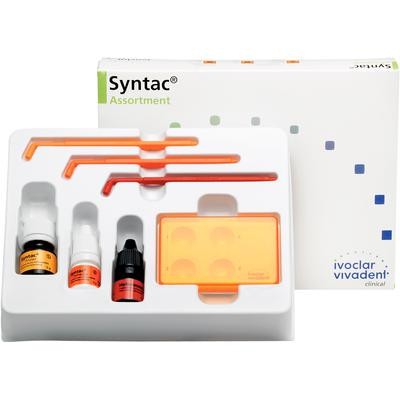
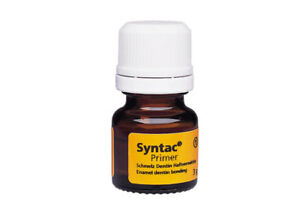
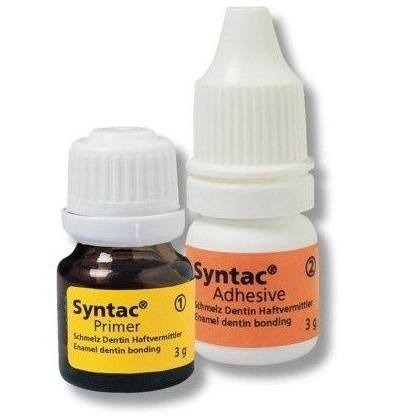
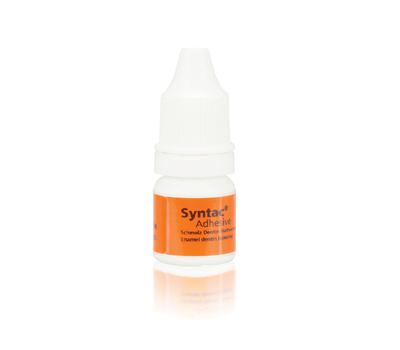
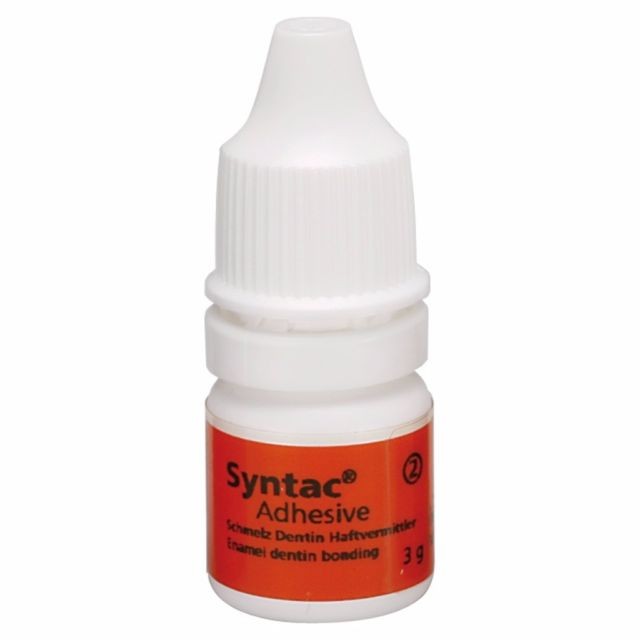
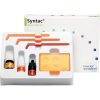
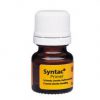
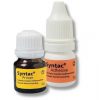
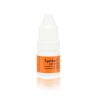
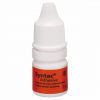

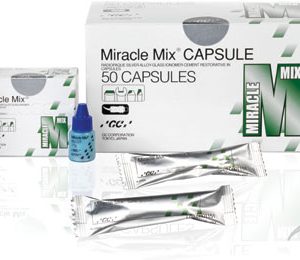
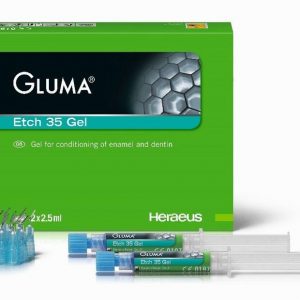
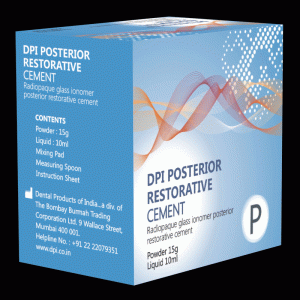
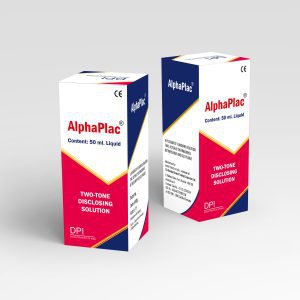
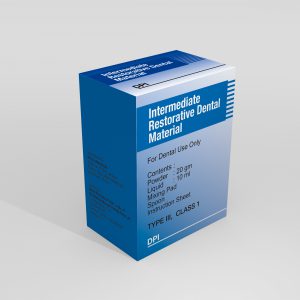
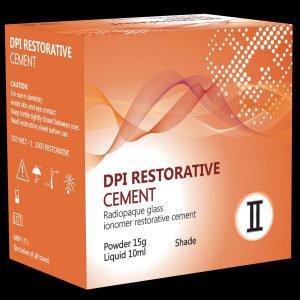
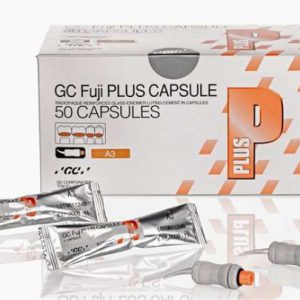
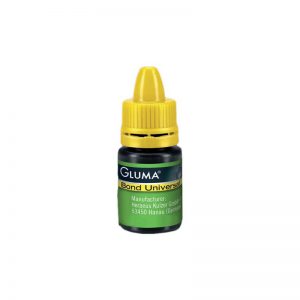
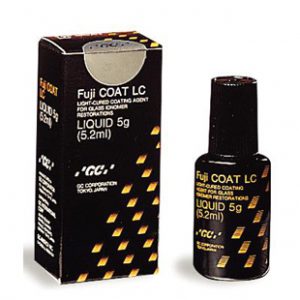
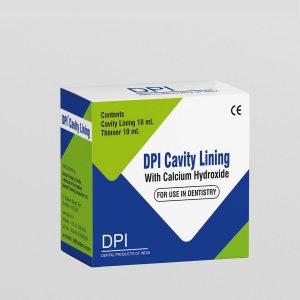
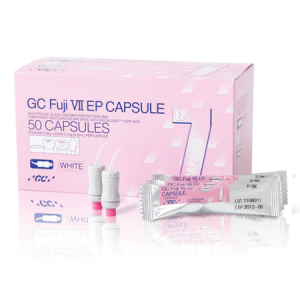
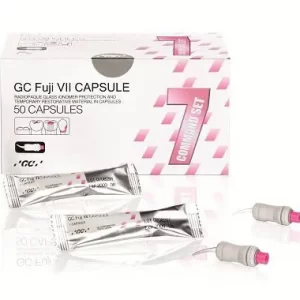
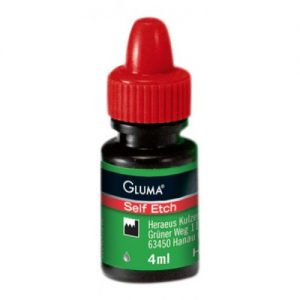
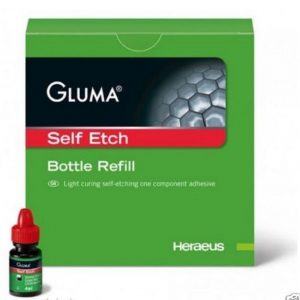
There are no reviews yet.